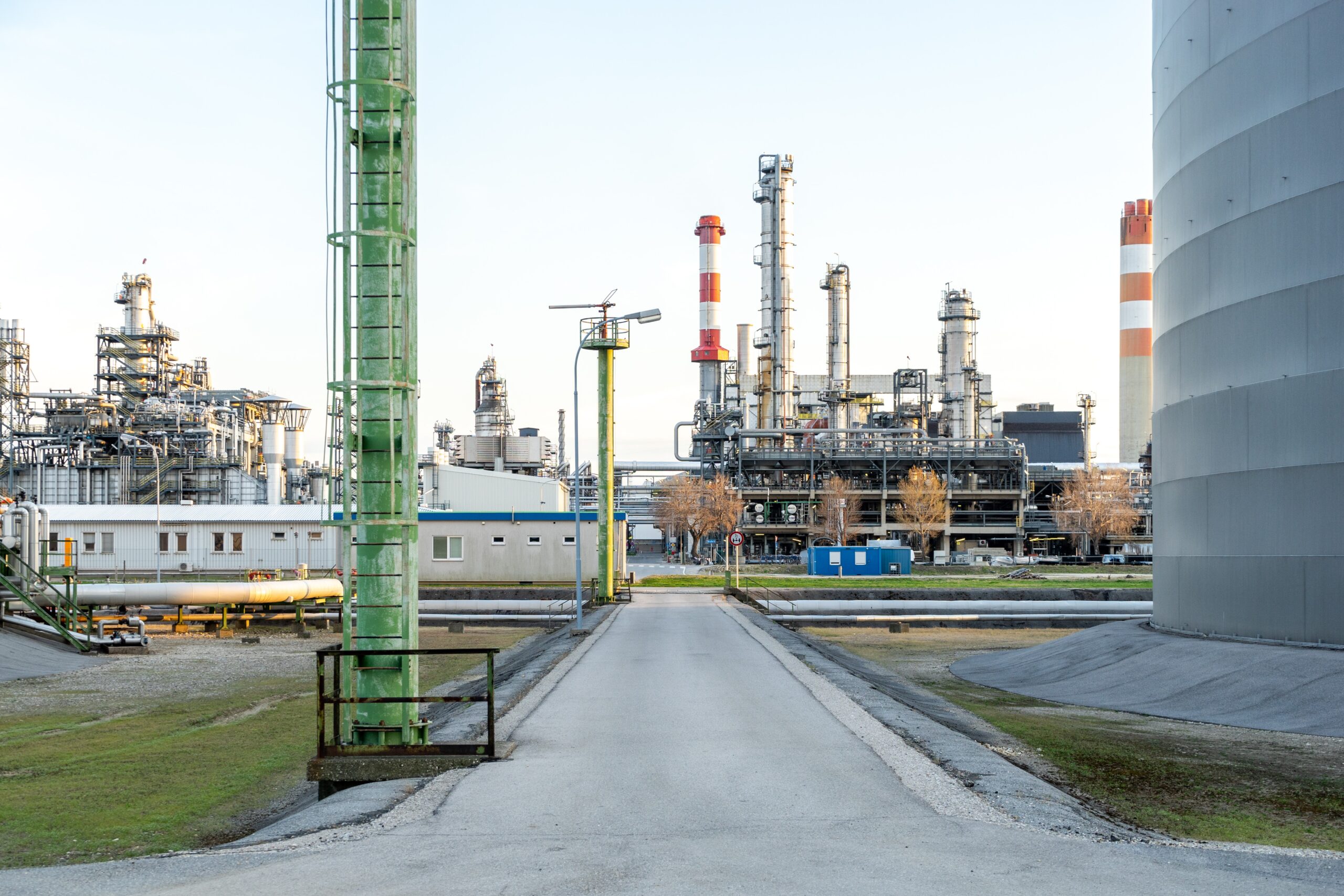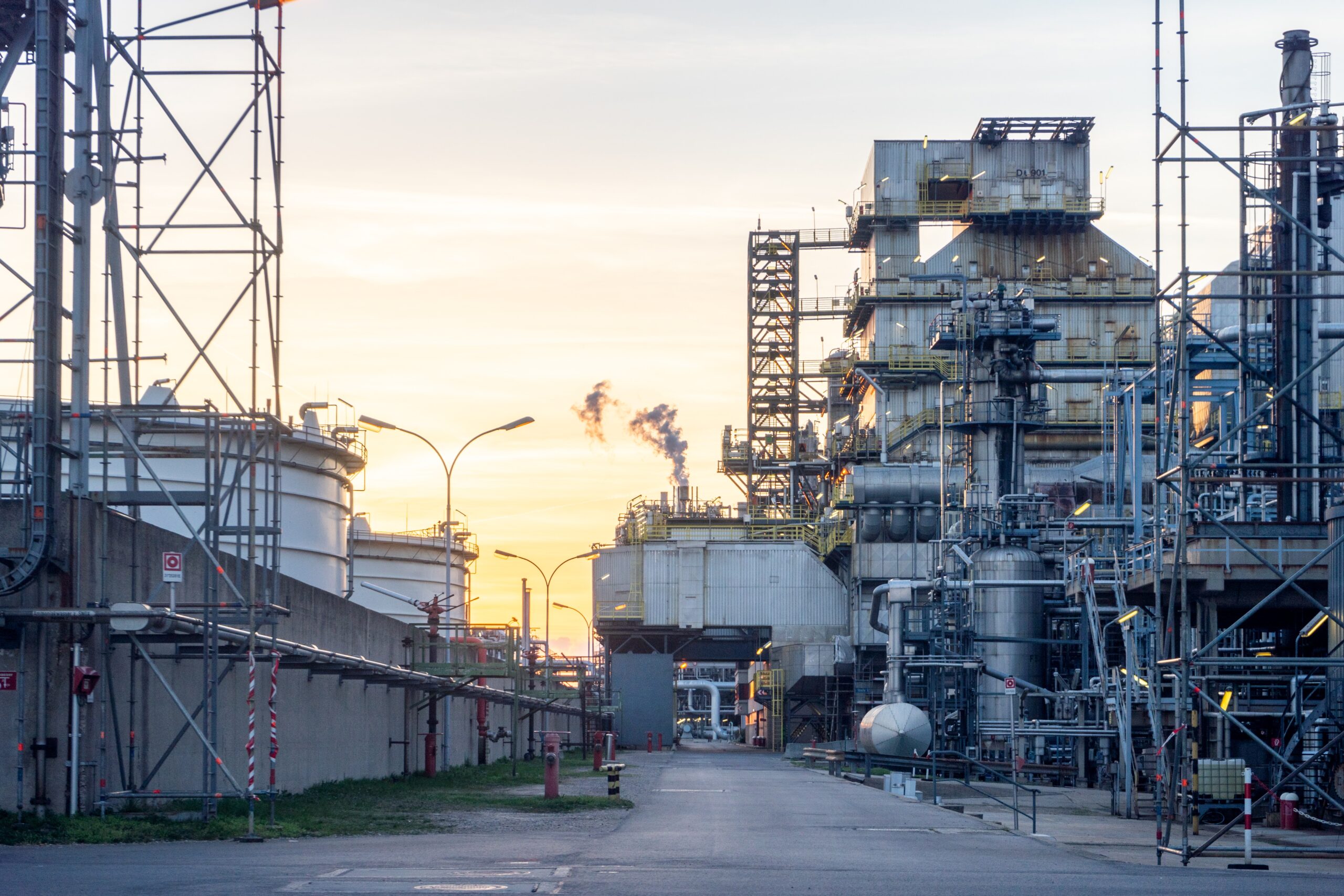In the world of engineering and industrial infrastructure, piping plays a vital role that often goes unnoticed. Yet, without it, industries like oil and gas, power generation, chemical processing, and water treatment couldn’t function. So, what exactly is piping?
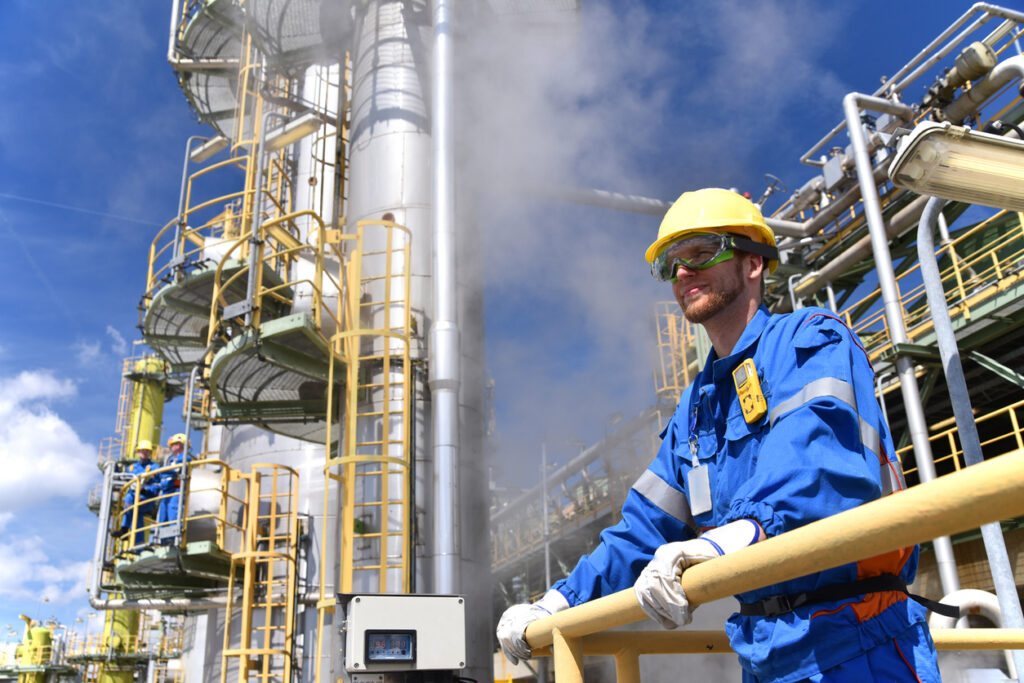
Understanding Piping
Piping is a system of pipes used to convey fluids—such as liquids, gases, and slurries—from one location to another. These systems are not just about the pipes themselves, but also include a network of fittings, flanges, valves, gaskets, supports, and insulation, all working together to ensure safe and efficient flow.
Think of piping as the “circulatory system” of a plant or facility—just as veins and arteries transport blood throughout the human body, pipes transport essential fluids throughout industrial operations.
Components of a Piping
A complete piping system consists of several interconnected parts, each serving a specific function:
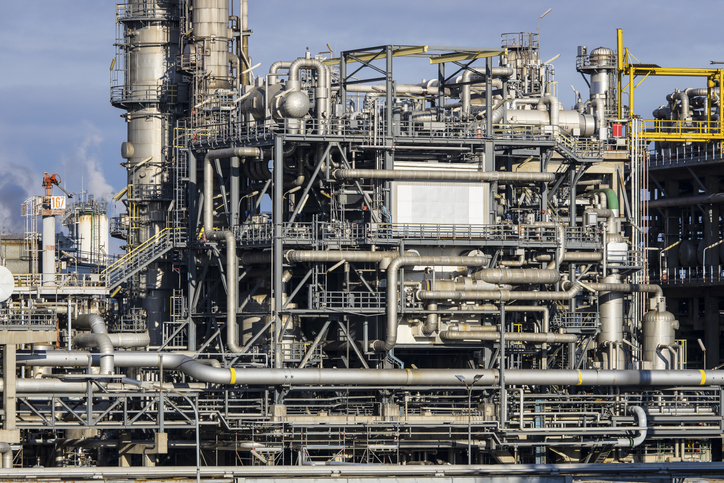
1. Pipes
These are the main conduits for fluid flow. Pipes come in various materials such as:
- Carbon steel (for high-pressure steam or oil)
- Stainless steel (for corrosive chemicals)
- PVC or CPVC (for low-pressure water or waste)
- Copper, brass, and others depending on the application
2. Fittings
Fittings are used to connect pipe sections and alter the direction, size, or branch of flow. Common types include:
- Elbows (change direction)
- Tees (branch the flow)
- Reducers (change pipe diameter)
- Couplings and unions (join pipes)
3. Flanges
Flanges are bolted connections used to join pipes to equipment like valves, pumps, or pressure vessels. They allow for easy assembly and disassembly of piping components.
4. Valves
Valves regulate the flow and pressure within the piping system. Common valve types include:
- Gate valves (on/off control)
- Ball valves (quick shut-off)
- Globe valves (flow regulation)
- Check valves (prevent backflow)
5. Gaskets and Fasteners
Gaskets provide a seal between flange faces to prevent leakage. Bolts and nuts secure the flanges and fittings.
6. Supports and Hangers
These keep the piping system stable, prevent sagging, and manage thermal expansion. They ensure that the mechanical loads are properly transferred to the structure.
7. Insulation
Thermal insulation maintains the desired fluid temperature, prevents condensation, and improves energy efficiency. It also provides safety in high-temperature systems.
Where is Piping Used?
Piping systems are used in almost every major industry, including:
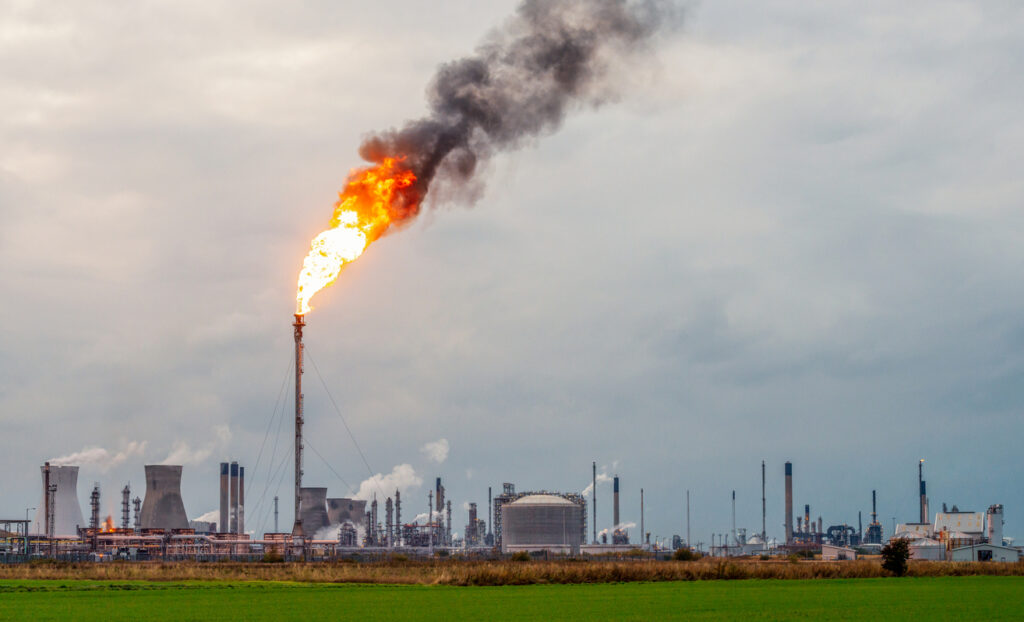
⚙️ Oil & Gas
- Transport of crude oil, natural gas, and refined products
- Offshore platforms, refineries, FPSOs
🧪 Chemical & Petrochemical
- Handling of reactive, corrosive, or toxic chemicals
- Process piping in reactors, distillation columns, etc.
⚡ Power Generation
- High-pressure steam lines
- Condensate return and cooling water systems
💧 Water & Wastewater
- Supply of potable water
- Industrial wastewater disposal and treatment
🍽️ Food & Beverage / Pharmaceuticals
- Sanitary piping systems with hygienic fittings
- Sterile and clean-in-place (CIP) systems
🏢 HVAC & Fire Protection
- Chilled water and steam lines
- Sprinkler systems
Understanding the full lifecycle of a piping system—from Piping Design to material selection ,stress analysis and construction—is essential for Piping Professionals. They are engineered networks that ensure the safe, reliable, and efficient transport of fluids that power the world’s industries.
Piping is a fundamental part of industrial infrastructure, playing a critical role in the movement of fluids essential for manufacturing, energy production, and processing. A well-designed piping system ensures safe, reliable, and efficient operations, minimizing risks and maximizing performance.

